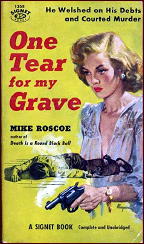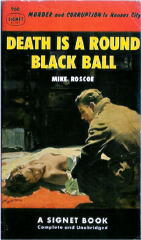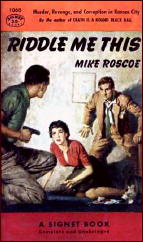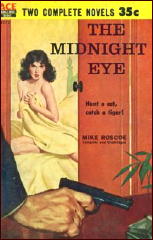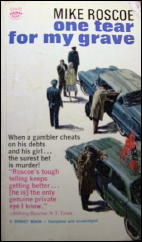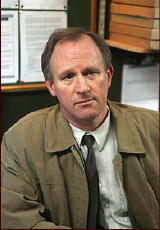Sun 24 May 2009
BLAST OF SILENCE. Universal Pictures, 1961. Allen Baron, Molly McCarthy, Larry Tucker. Screenwriter & director: Allen Baron.
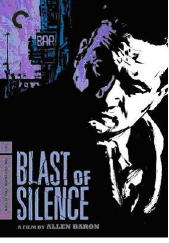
Before it appeared on Turner Classic Movies last week, I’d never heard of this movie. Totally obscure, I would have thought. Not so.
It turns out that this is an authentic Cult Classic, and it’s out on DVD from Criterion. I wouldn’t have guessed, but you can look it up, and if you keep looking, you can find any number of reviewers who will gladly tell you how wonderful this low, low budget movie is — a black-and-white film, a throwback to the noir era that was all but over in 1961, and (really!) a transition into the brand new “New Wave” age of movie-making.
As for me, I wouldn’t go that far. Or would I?
If you were to analyze only the story itself, I have a hunch that you might not go that far either.
A hit man from Chicago by the name of Frankie Bono (Allen Baron) and a loner by profession, comes to New York to take out a two-bit hoodlum, only to get sidetracked, if only temporarily, by Lori (Molly McCarthy), a girl he once knew.
The only other major character is Big Ralph (Larry Tucker), an obese and grotesquely sleazy kind of fellow (or vice versa) who lives in an apartment filled with pet rats in cages and whom Bono needs to provide him with the equipment he needs to do his job (complete with silencer).
Things do not go well with either Lori (based on a huge misconception of her actions on Frankie’s part) or Big Ralph (an even bigger misconception on Big Ralph’s part).
This is all to the good, and you should take me at my word on this, but there are only perhaps about 15 to 20 minutes of action, if that’s what you’re looking for. Much of the rest of the 77 minutes or so of this movie consists of watching Frank make his way around New York City, both on foot and behind the wheel of a car, stony-faced and doing his utmost to appear professional behind the anonymous voice of Lionel Stander who narrates the tale, often in rather poetic terms, as if he’s taken up residence inside Bono’s head, much as The Whistler did with the many guilty protagonists in his long-running Old-Time Radio series.
Samples follow:
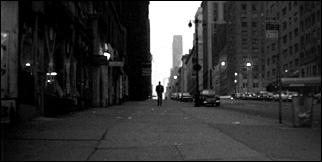
“Remembering out of the black silence, you were born in pain.
“You’re alone. But you don’t mind that. You’re a loner. That’s the way it should be. You’ve always been alone. By now it’s your trademark. You like it that way.”
“If you want a woman, buy one. In the dark, so she won’t remember your face.”
“‘God moves in mysterious ways,’ they said. Maybe he is on your side, the way it all worked out. Remembering other Christmases, wishing for something, something important, something special. And this is it, baby boy Frankie Bono. You’re alone now. All alone. The scream is dead. There’s no pain. You’re home again, back in the cold, black silence.”
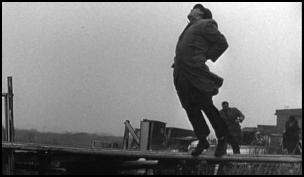
The jazzy score, early 60s style, matches the narration perfectly, and the action, when it occurs, is usually dispassionate and ugly. It’s also terrific to see the streets of Manhattan as they actually were in the 1960s: the stores, the pedestrians on the streets, and the actors whose single appearance in a film was Blast of Silence.
Once caught up in the tale, you’ll stay hooked, even if Frankie’s so-called professionalism seems far too cursory. The devil’s in the details. No hit man worth his pay would be as careless in his career as Frankie is and survive to take another paycheck. That’s one side of the story.
And perhaps one should not complain. If there’d been the money to do this movie right, it wouldn’t have come out as right as it did. I think that the reviewers who rave about the film do so for one large reason. Once you watch it, you’re not likely to forget it.
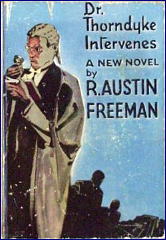
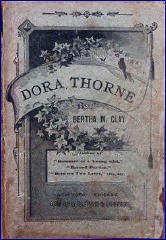
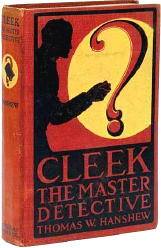
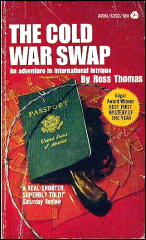
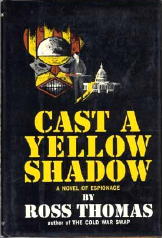

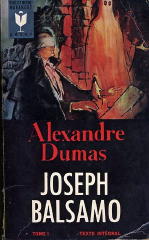
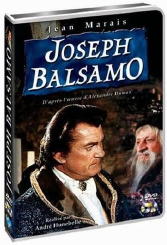
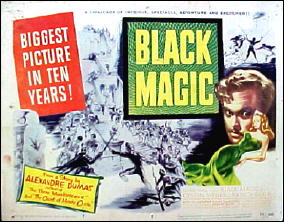
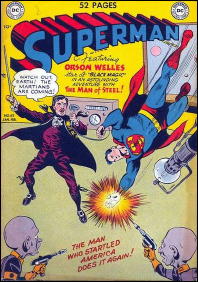

![BURN NOTICE [USA]](https://mysteryfile.com/blogImg509/BN-Four.jpg)
![BURN NOTICE [USA]](https://mysteryfile.com/blogImg509/BN-Pair.jpg)
![BURN NOTICE [USA]](https://mysteryfile.com/blogImg509/BN-GA.jpg)
